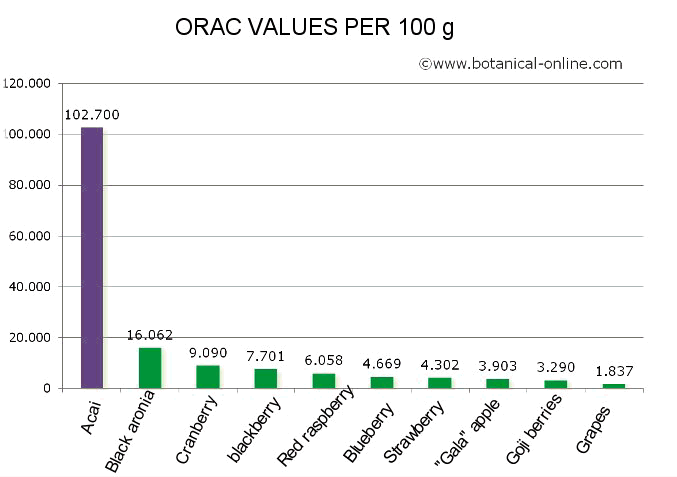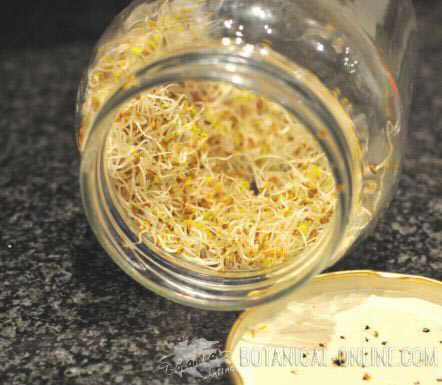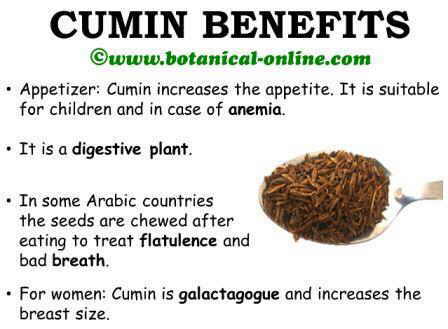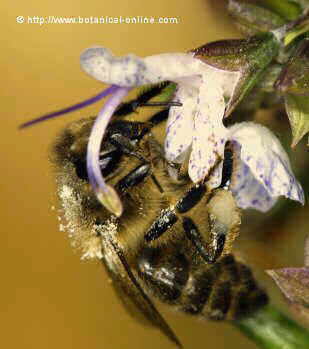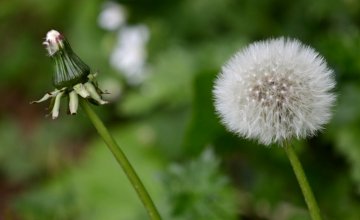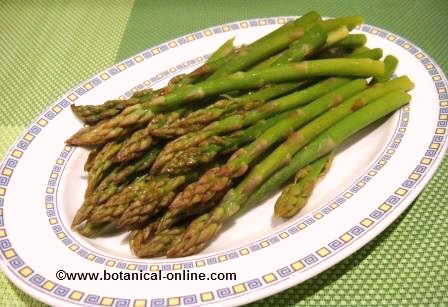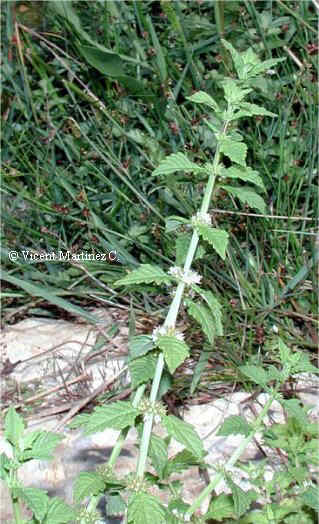Dangers of taking remedies with Melilotus
Both types of Melilotus (mostly yellow flower, but also white flower) are traditionally used in home medicine as an anti-inflammatory, venous and lymphatic tonic remedy.
The active substance of the plant, coumarin, fluidizes the blood and stimulates blood microcirculation, so that it is mainly used in all those discomforts related to coagulation problems and poor blood circulation.
It is also indicated in the natural treatment of venous and lymphatic insufficiency, heaviness of legs, cramps, itching, thrombophlebitis, post-thrombotic syndrome, hemorrhoids and lymphatic stasis (lymphedema).
Melilotus active components
- The flowering tops, fresh or dried, contain coumarins (0.5-1%), flavonoids (diuretic and sedative action), sapogenins (diosgenin, melilotigenin, soyasapogenols B and E, with steroidal effect).
- Nitrates are found in the leaves.
Dangers of consuming Melilotus in poor condition
It can only be used as a medicinal or edible plant if it has had a good drying process, an essential condition.
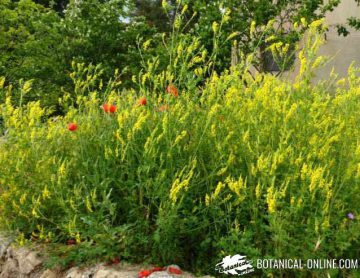
If the plant undergoes any fermentation process or in the presence of moisture and fungi, it becomes toxic because the coumarin heterosides (mainly melilotoside) are transformed into free coumarin (dicumarol), with anticoagulant properties.
.Likewise, special care must be taken not to consume poorly dried flowers that could have fungi, since, in that state, it becomes hemorrhagic, due to the action of dicumarol, although the danger depends greatly on the dose used.
It should be mentioned that there are no reports of intoxication in humans due to the consumption of this plant, so, probably, in food or medicinal doses, the plant does not have a very high toxicity.
How much Melilotus is toxic to humans?
The toxic amount of melilot for humans is unknown. In animal studies, M. Rombi (1991: 181) indicates that the powder of its flowering tops does not present acute or subacute toxicity in doses of 3g / kg and 300g / kg per day in rats, orally.
Symptoms of Melilotus poisoning
Coumarin can have a hypnotic, narcotic and analgesic effect, capable of paralyzing the brain and reducing reflexes, without affecting the peripheral nerves. Therefore, high doses of this plant can produce symptoms of discomfort such as those described with other plants rich in coumarins, such as:
- Headache
- Persistent discomfort
- Vomiting
- Vertigo
- Slowdown of heart functions
Treatment of Melilotus poisoning
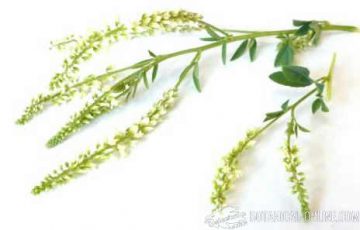
Facing a possible poisoning, it is convenient to go to the hospital along with a sample of the plant or infusion ingested, if possible, in addition to indicating other possible remedies, medications, food, or plants that have been ingested the 48 hours prior to the symptoms .
The diagnosis of coumarin intoxication can be checked by a blood test, which assesses the ability of blood to clot. Medical treatment may be the administration of vitamin K or plasma, depending on the severity.
Animals affected by Melilotus
It can be used as a fodder plant (in fact, in the antiquity this use of the plant was habitual). The poisoning of the cattle by Melilotus spp. can only be produced by the ingestion of this plant forage in bad state. Hay in poor condition can be toxic up to 4 years, so there is no way to take advantage of it.
In veterinary medicine, the most affected animals are usually cattle. Consumption of Melilotus fodder in poor condition can have fatal consequences (death of the animal) in a time of 3-22 days, and is caused by alterations in blood clotting that cause any small blow can produce internal bleeding at animal.
Treatment for coumarin intoxication in cattle
It will consist of coagulation tests for diagnosis, administration of vitamin K and transfusion of bovine plasma.
The pharmacist L. Mulet Pascual, in his treatise on botanical toxicology, also reports that the symptoms of Melilotus poisoning can be confused with those of other plants, such as soy (lecithin poisoning), ferns and ferulism (Ferula spp.) , so it should be taken into account when diagnosing a possible poisoning.
The nitrate content of the leaves could also cause some type of intoxication.
![]() More information on Melilotus
More information on Melilotus

